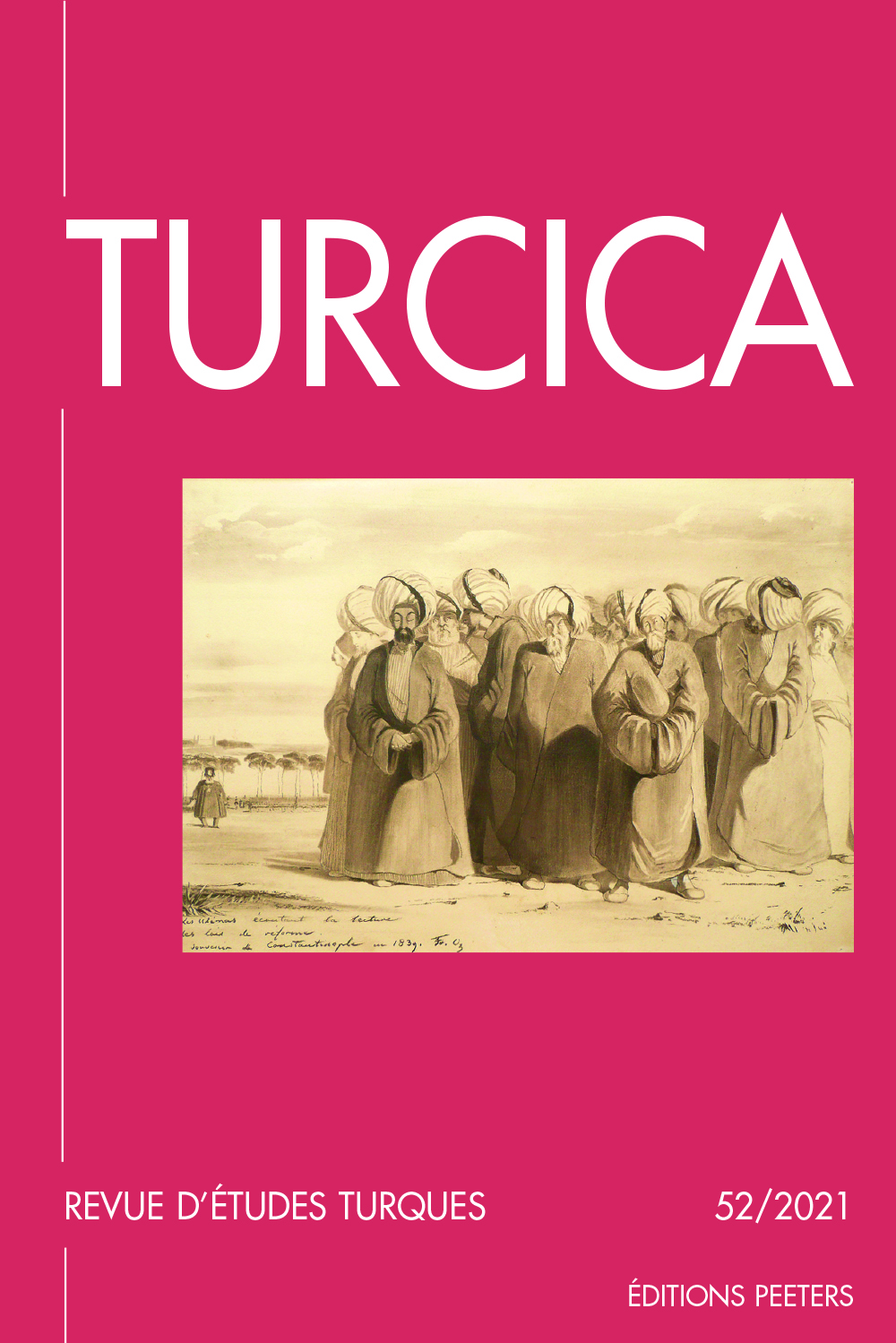 previous article in this issue previous article in this issue | next article in this issue  |

Preview first page |
Document Details : Title: Du Tábor de Jan Zizka et de Jean Hunyadi au Tabur Çengi des armées ottomanes - From Jan Zizka’s and Jean Hunyad’s tábor to thetâbur çengi of the Ottoman armies. Subtitle: L'art militaire hussite en Europe orientale, au Proche et au Moyen Orient (XVe-XVIIe siècles) - Hussite military art in Eastern Europe, in the Near East and in the Middle East (15th-17th centuries) Author(s): ANTOCHE, Emanuel Constantin Journal: Turcica Volume: 36 Date: 2004 Pages: 91-124 DOI: 10.2143/TURC.36.0.578725 Abstract : La tactique défensive du tábor, employée par les armées de Jan Zizka et de Procope le Grand pendant les guerres hussites (1419-1434), joua, dans les décennies suivantes, un rôle non négligeable dans le développement de l’art militaire en Hongrie et en Pologne. Le voïvode de Transylvanie, Jean Hunyadi, appliqua cette tactique dans les campagnes contre les Ottomans en Valachie et dans les Balkans (1442-1448). Les armées ottomanes l’adoptèrent à leur tour, le tâbur çengi représentant, en quelque sorte, l’élément central dans le dispositif des forces sur les champs de bataille. La tactique défensive du tâbur çengi fut utilisée ensuite sur tous les théâtres d’opérations militaires, qu’il s’agisse de l’Europe centrale ou du Moyen Orient, et ceci jusque dans la seconde moitié du XVIIIe siècle. The tábor defensive tactics, that were utilized by Jan Zizka’s army and that of Procope the Great, at the time of the Hussite wars (1419-1434), played a part non negligeable during the following years in the development of Hungarian and Polish military art. John Hunyadi, voivode of Transylvania, applied these tactics when fighting against Ottomans in Wallachia and in the Balkans (14421448). They were then adopted by Ottoman armies?; the tâbur çengi becoming, one might say, a central element in laying out the armies forces on the battlefields. The tâbur çengi defensive tactics were thereafter generally adopted for all military operations, whether in Central Europe, or in the Middle East and this went on until the second half of the 18thcentury. |
 |


